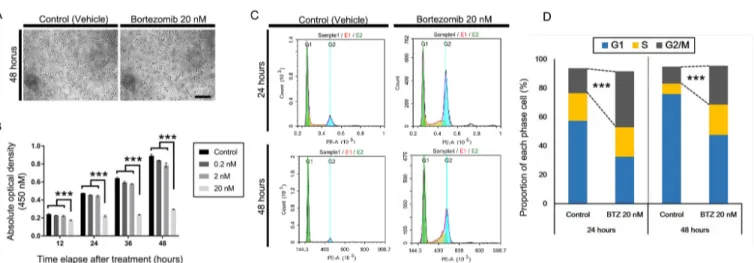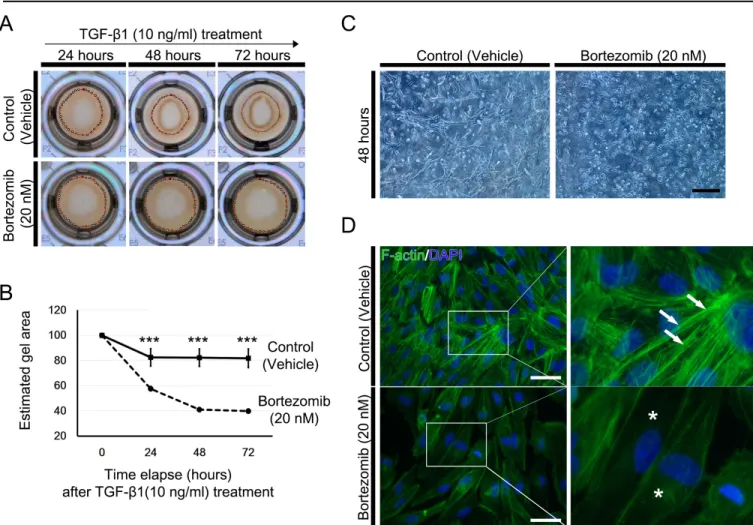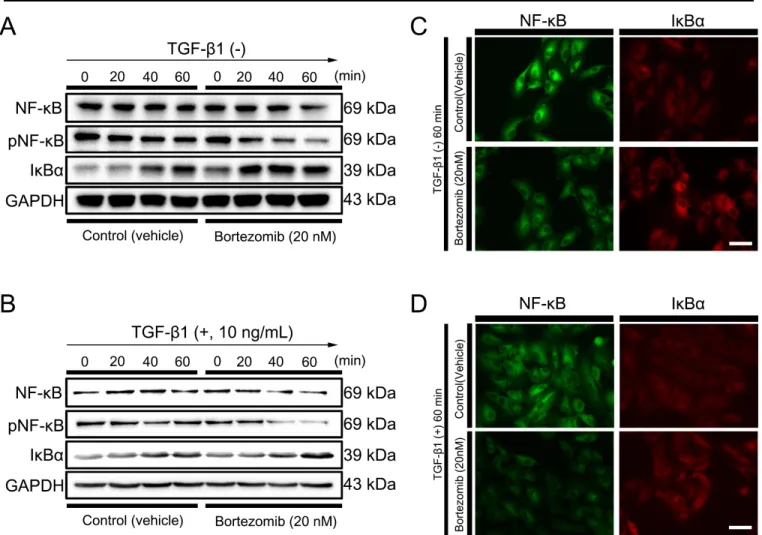Human RPE cells are essential for visual functions that support photoreceptor function and regulate the blood–retina barrier (BRB) by forming mature tight junctions composed of zonular occludens-1 (ZO-1), occludin, and claudin family proteins [1,2]. After the completion of development in the early gestational period, RPE cells become dormant, under- going minimal proliferation throughout life [2]. Dissociation of epithelial cells from their original locations promotes alterations in phenotypes and physiology, often accompanied by development of cellular plasticity, acquisition of migra- tory properties, loss of cell type-specific gene expression, and cytoskeletal rearrangements [3-5].
In ocular pathophysiology, such cellular processes are implicated in various fibrotic diseases. In proliferative
vitreoretinopathy (PVR), dispersion of RPE cells through the retinal breaks in rhegmatogenous retinal detachment (RRD) provides the opportunity to disseminate RPE cells into the subretinal space or vitreous cavity and induce inflammatory processes caused by breakdown of the BRB [6,7]. In addi- tion, the epiretinal/subretinal membrane (ERM), or tractional membrane formations in proliferative diabetic retinopathy (PDR) accompanying RRD, habitual retinal cells, RPE cells, and glial cells are major sources of the ERM [8,9]. Moreover, RPE cells may play pathological roles in idiopathic ERM, although this remains controversial [10].
In these diseases, contraction of the fibrotic membrane is crucial for ERM or PVR pathology, and myofibroblastic transformation by epithelial–mesenchymal transition (EMT) of RPE cells is a hallmark of the associated pathobiology [11,12]. RPE cells are stimulated by various cytokines, including transforming growth factor (TGF)-β, platelet- derived growth factor (PDGF), vascular endothelial growth
Bortezomib inhibits proliferation, migration, and TGF-β1–
induced epithelial–mesenchymal transition of RPE cells
Kun Moon,
1Hyun-Gyo Lee,
2Won-Ki Baek,
3,4Youngkyun Lee,
5Kwang Soo Kim,
2Jong Hwa Jun,
2,3Jae-Young Kim,
5Choun-Ki Joo
61


